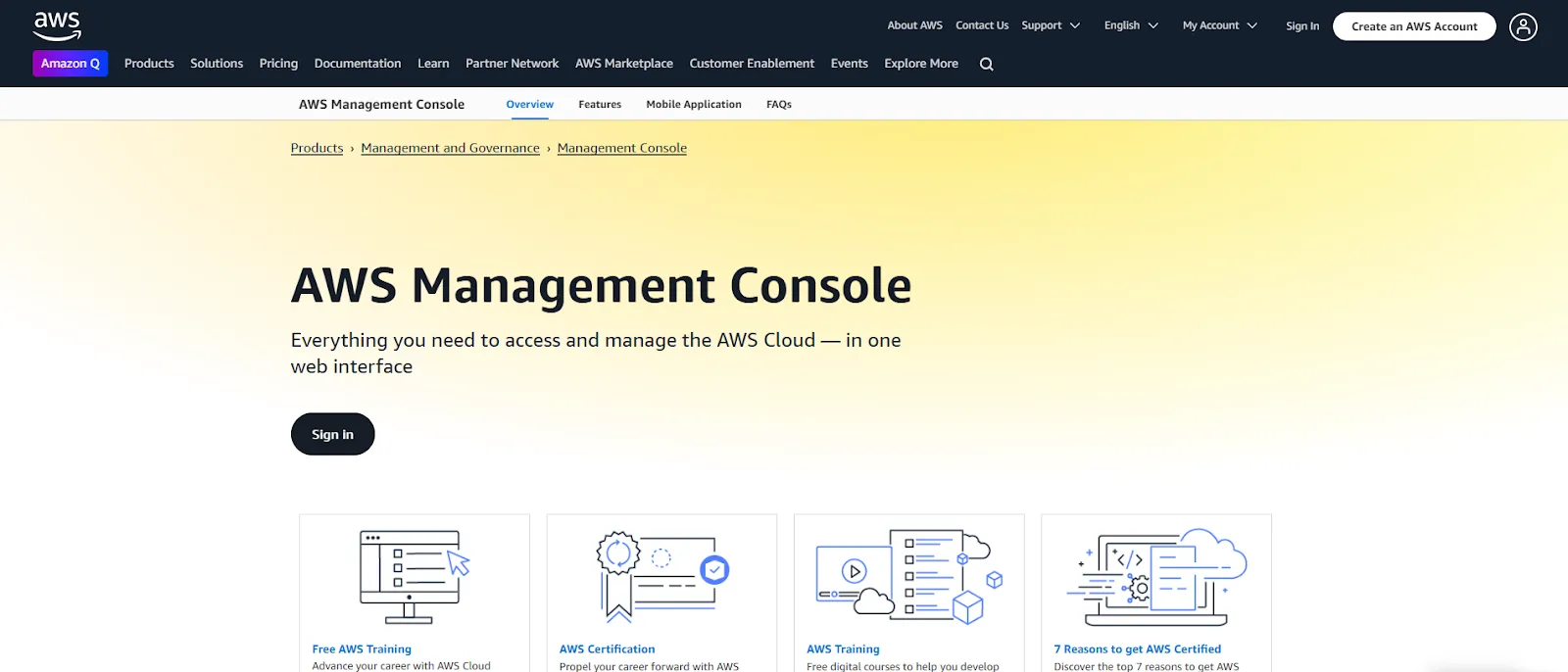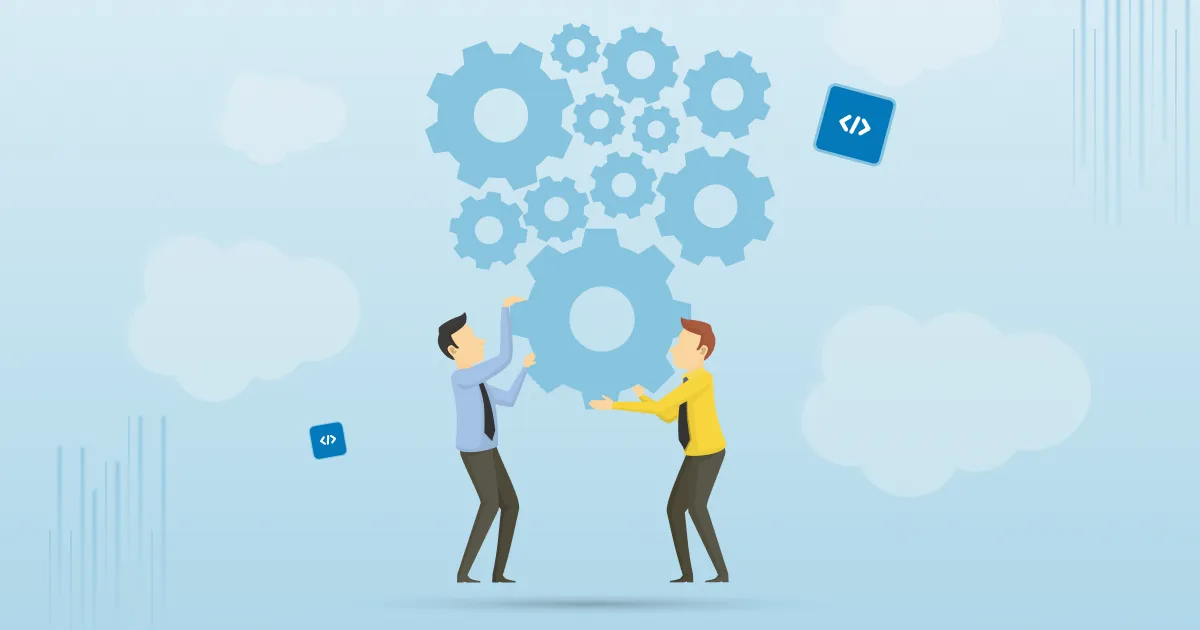Developer Self-Service: The Key to Faster Deployments and Increased Autonomy

Speed, flexibility, and autonomy are key to success in software development. The traditional model, where developers rely heavily on other teams for infrastructure provisioning and deployment, can slow down progress. This is where developer self-service comes into play, offering a more efficient and autonomous way to manage deployments and infrastructure. In this article, we’ll explore how developer self-service drives faster deployments, increases autonomy, and brings other key benefits to development teams.
What is Developer Self-Service?
It allows developers to independently manage their infrastructure, deployments, and environment configurations without relying on other teams such as operations or IT. Through automated, user-friendly internal development platforms, developers gain the autonomy to provision resources, deploy code, and monitor systems. This significantly reduces delays and increases release cycles.
Examples include platforms like Kubernetes for container orchestration or cloud management tools like Microtica, which allow direct control over cloud resources. The main goal is to empower developers to work autonomously, thereby optimizing deployment and performance and minimizing dependencies.
The modern self-service solutions are closely linked to platform engineering and Internal Developer Platforms (IDPs). These platforms provide standardized, reusable components that developers can use to maintain security and governance while enabling efficient application development and deployment.
Why Developer Self-Service Matters
Traditional deployment methods can create significant bottlenecks because they often rely on manual processes and the involvement of multiple teams. These delays can, in turn, prevent a company from responding to market demands or resolving bugs quickly.
Developers can use their autonomous development capabilities to plan and push updates on their own. This will speed up the feedback loops and release cycles. This way, the entire software delivery process will be sped up dramatically.
Benefits of Developer Self-Service
A self-service IT platform that brings several important benefits to development teams, which go beyond the production deployment process and the increased autonomy.
Faster Feedback Loops and Deployment
Self-service software deployment significantly reduces the time between code completion and production release. Developers can deploy changes immediately after testing, enabling rapid iteration and quicker time-to-market. The accelerated deployment cycles will allow teams to gather user feedback sooner and make the necessary adjustments more efficiently.
Improved Productivity and Reduced Bottlenecks
Developers don't have to wait anymore for infrastructure requests to be fulfilled because they now have direct access to the resources. They can plan the on-demand resources to reduce downtime and improve overall productivity. Automation tools will also help reduce the manual and repetitive tasks, allowing developers to focus on writing code or improving application features. At the same time, the traditional setups often create bottlenecks, which create dependency on IT teams to fulfill requests, wait for resources, or approvals.
Autonomy and Skill Development
Having control over workflows equals greater job satisfaction. Independent resource management allows them to resolve issues independently and experiment with different configurations. This autonomy improves the developer's skills and expertise due to the exposure to a wide variety of tools and responsibilities.
Scalability and Cost Efficiency
With developer self-service, teams can scale their infrastructure as needed without waiting for approval from other departments. This leads to better resource use and cost reduction by provisioning only needed resources and decommissioning unused ones.
Moreover, self-service platforms often automate repetitive tasks such as resource allocation, which minimizes errors and ensures that resources are used efficiently. This leads to more cost-effective solutions while keeping performance levels high.
Better Collaboration Across Teams
Autonomous development also promotes collaboration between development and operational teams. This is done through simplified and transparent deployment processes, enabling DevOps practices to thrive.
Challenges and Pitfalls
The benefits are always welcomed, but implementing autonomous development practices also comes with challenges that organizations must understand.
- Security and governance risks: Direct access to infrastructure may introduce vulnerabilities if there are no strict guardrails. Companies should implement governance frameworks that balance autonomy with security requirements.
- Cultural Resistance from Ops/IT: Operations and IT teams may resist losing infrastructure control due to stability and compliance concerns. Clear communication and change management are crucial in this.
- Risk of “Shadow IT”: Poor governance can lead to “shadow IT” scenarios where developers create their own solutions, causing inconsistencies and security gaps. Having clear policies and approved toolsets helps to prevent this issue.
Best Practices for Implementing Developer Self-Service
Careful planning and strategic execution lead to successful implementation, which is why organizations should follow these key practices:
- Start small, then scale: Begin with pilot projects or specific teams rather than organization-wide rollouts in order to identify and resolve issues before broader implementation.
- Provide guardrails: Implement predefined templates, automated security scanning, and compliance checks that run automatically during deployment processes to ensure security and compliance without preventing developer productivity.
- Standardize workflows: Standardize processes and templates that developers can use across projects to reduce complexity and make it easier to maintain and troubleshoot systems.
- Choose the right tools: Select platforms and tools like Microtica, AWS, GitLab that align with the organization's technical requirements and culture. Consider factors like ease of use, integration capabilities, security features, and scalability.
- Foster collaboration with Ops/Platform teams: Maintain a strong partnership between development, operations, and platform engineering teams. Regular communication prevents silos, aligns autonomous capabilities with operational requirements and organizational goals, and ensures a smooth implementation.
Tools and Platforms Supporting Developer Self-Service
Several tools and platforms support the concept of developer self-service, each offering different features to meet the needs of development teams.
Microtica

Microtica is a powerful and intuitive platform that empowers developers to take full control of cloud infrastructure and deployment pipelines. Through seamless automation, it handles the provisioning, configuration, and scaling of resources, allowing developers to operate independently and with confidence. Microtica brings the benefits of developer self-service to life by removing traditional roadblocks and giving teams the ability to streamline their workflows without waiting on IT or operations. As a result, development cycles become faster, collaboration improves, and engineers gain the autonomy to innovate more freely. For teams aiming to accelerate delivery and improve internal efficiency, Microtica stands out as a forward-thinking solution.
AWS Management Console

Amazon Web Services (AWS) offers a management console that provides developers with a self-service platform for managing cloud resources. With AWS, developers can provision, monitor, and manage their infrastructure through an intuitive interface, giving them more control over their cloud environments. This flexibility makes AWS a popular choice for teams looking to implement developer self-service solutions.
The Future of Developer Self-Service
With the rise of AI and machine learning, self-service platforms will become even more intelligent, offering predictive capabilities and enhanced automation. AI will help optimize resource allocation, predict potential issues, and suggest improvements, while further reducing the need for manual intervention.
With organizations scaling their development operations, the importance of platform engineering also increases. There will be a deeper integration of future solutions with platform engineering practices to provide standardized, reusable components.
In the coming years, developer self-service will likely become a standard practice in software development, enabling teams to work faster, smarter, and more independently. Organizations that embrace these changes early will have significant competitive advantages in the technology sector.
Conclusion
Developer self-service is transforming the way software is developed, deployed, and maintained. This approach helps teams be more agile and productive by providing developers with greater autonomy, speeding up deployment times, and promoting collaboration. The evolving tools and platforms will play an even more significant role in shaping the future of software development.
The combination of autonomy and speed creates a powerful competitive advantage that enables organizations to respond quickly to market demands. At the same time, they can deliver value to customers more efficiently. Therefore, embracing this approach is the key for any organization looking to stay competitive in the fast-paced tech world.
FAQs
What is developer self-service in DevOps?
Developer self-service in DevOps enables developers to independently manage infrastructure and deployments without operations teams, accelerating development and reducing bottlenecks.
How does developer self-service improve productivity?
It reduces waiting times, dependencies, and manual tasks, allowing developers more time for coding and fewer errors.
What are common challenges with developer self-service?
Security risks, cultural resistance, shadow IT, and the need for training and change management.
Is developer self-service the same as platform engineering?
No. Platform engineering builds and maintains platforms, while self-service is how developers use those platforms independently.
Which tools can enable developer self-service?
Popular tools include Microtica for cloud infrastructure management, AWS Management Console for cloud resources, GitLab for DevOps workflows, Kubernetes for container orchestration, and various CI/CD platforms that automate deployment processes.
Subscribe to receive the latest blog posts to your inbox every week.
*By subscribing you agree to with our Privacy Policy.

Relevant Posts



